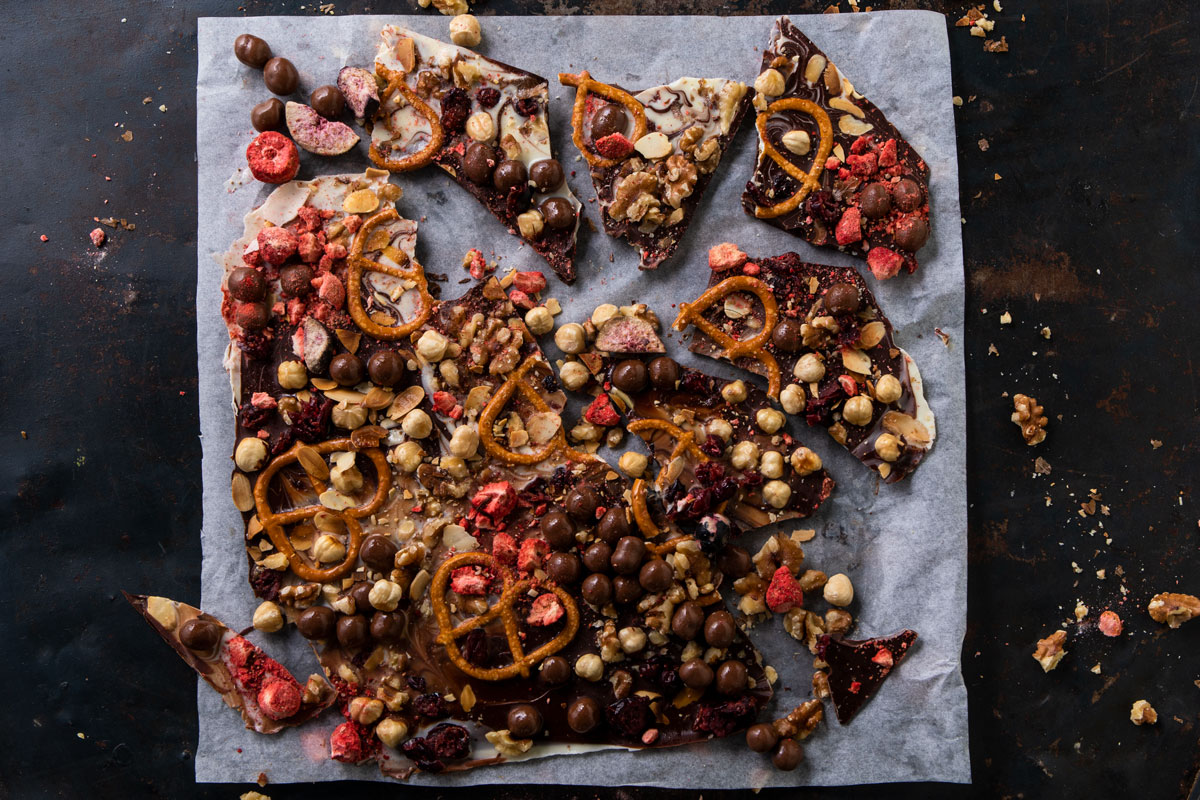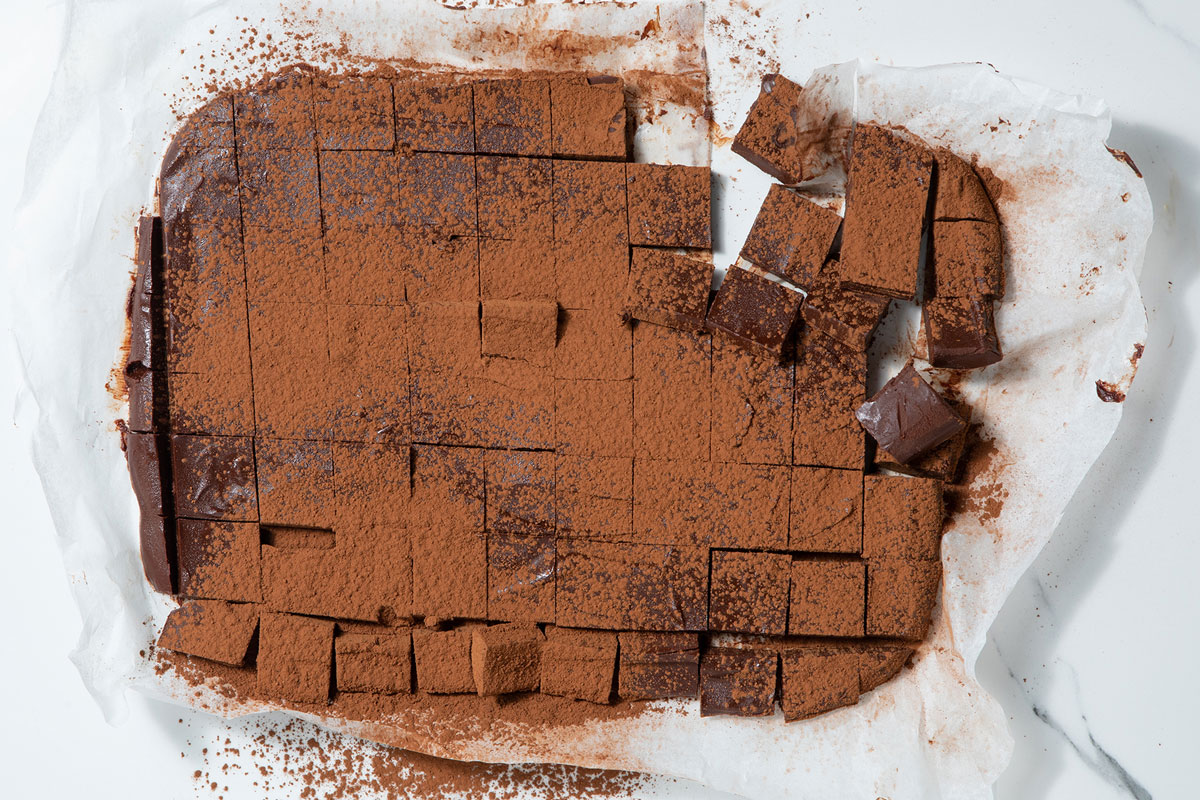Why is chocolate more expensive in 2024? It’s a complicated story
As rising cocoa prices leave a bitter taste in the mouths of chocolate makers, consumers aren’t backing off from their favourite treat.
Cocoa prices have more than doubled
“Everything’s so expensive,” has become a common refrain over the past few years of price increases that are, dare we say it, unprecedented. So, with the costs of everything from brown rice to real estate rising, you may not have noticed a particular price hike in the confectionary aisle. Economists with an interest in agriculture and food production certainly have, and so have chocolate producers.
Understandably, it’s big news that cocoa prices are now around 65% higher than they were just a year ago, reports CoBank, a provider of credit to US farmers and other rural borrowers. Then again, it may not have escaped your notice: the news made mainstream finance media as Bloomberg reported that cocoa prices had more than doubled in the 12 months before the article’s publication in April 2024.
How did this happen?
The situation has arisen from a few small but significant and interconnected factors: unusually heavy rain in West Africa (where most of the world’s cocoa is sourced from) and cases of dreaded black pod disease in the region mean that the region responsible for around 70% of the world’s cocoa output now lags well behind its usual yield.
After these natural disasters, the problem was compounded by erratic trading in cocoa stocks: from causing cocoa-induced chaos in physical trading, the price hikes then became a factor in the cost of futures (for those here for the food without a side serving of trading jargon: a contract agreement to buy commodity assets for a set price at a set future date).

Chocolate producers didn’t go into this situation in fighting form: many confectionary manufacturers had barely recovered from the recent surges in sugar prices before being hit with the increase in the costs of this other key ingredient. “Sugar prices now hover around their year-ago levels – and 23% less than where they stood in mid-November,” explains Billy Roberts, CoBank senior food and beverage economist. He cautions: “Supplies remain relatively tight, and prices will remain high, just without the dramatic increases that continue to plague cocoa futures.”
We need to be more responsible
For pastry chef Motheba Makhetha, it’s time to take stock, metaphorically and literally. “I think that if you’re fortunate enough to work for a bigger establishment that can afford to still use – and keep up with – the fluctuations in the price chocolate, that’s amazing. However, no matter how big or small we are, we all need to make a conscious effort to be more respectful and responsible with all our ingredients,” she says. “It’s now important more than ever to respect chocolate in all its complexities.”
It’s this respect that drives the approach that Makhetha, winner of the 2023 Eat Out Cacao Barry Dessert award, takes to innovation and creation. “Eating out and having these amazing experiences is not something we can do as frequently as we did in the past,” she explains, “and that’s where I think being respectful of ingredients kicks in: we now have to find ways to utilise everything and become creative with off-cuts and waste. It’s high time we start glamourising being responsible – luxury can be made from anything and everything while being conscious of the effects of today’s economic climate.”

What can we do?
With cocoa prices likely to remain high until a new crop of cocoa comes to market, what’s a chocolate lover to do? Looking at the numbers, it’s clear that the answer is not “give up chocolate” – and anyone who’s surprised to hear that has perhaps never experienced a chocolate craving or met someone who has. Affordable luxuries do have a way of surviving trying times, and chocolate sales are showing the resilience that likely results from being a little treat that many of us feel we deserve when the going gets tough.
“Higher chocolate prices have yet to dissuade consumers, though that could change as costs continue to rise,” reports FoodDive. While this tentatively positive outlook isn’t all good news, the prognosis for the industry looks more like “limited growth” than “collapse and catastrophe”. Consumers do seem to be trying to economise in ways that don’t compromise their enjoyment: choosing different types of treats or swapping between their brands of choice to find the most affordable options.

Other shoppers seeking value for money in challenging times are simply stocking up: bulk-buying and watching out for special deals on favourite treats isn’t a new trick, but it may prove to be the most palatable way to preserve the ability to indulge affordably.



Comments